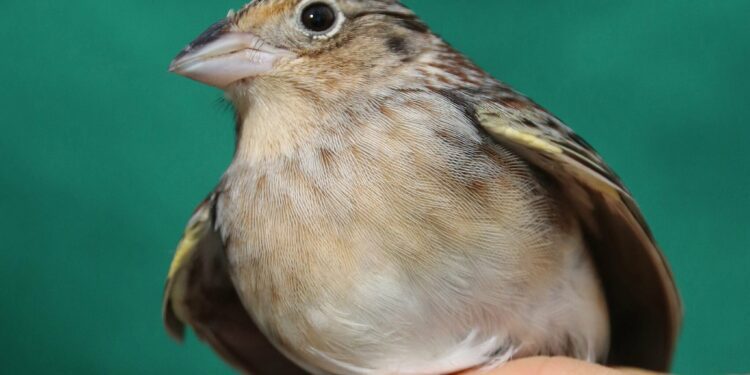The captive-raised sparrows have surpassed expectations in the wild. When conservationists began releasing them in 2019, another step that came after agonizing debate, they hoped at least 15 percent would survive beyond a year and breed with wild sparrows. Initially 20 percent survived and bred, and since then the birds have maintained a 15 percent survival rate, considered a success for a species that never had a high survival rate to begin with.
“It is wonderful news that they have been able to successfully recruit into the population,” Fitzwilliam said. “Their offspring are just like the other sparrows.”
“There was some concern in the beginning of the program, whether the birds would be the same caliber breeders because they were raised in captivity,” she said. “But they have been a huge asset in keeping the population basically from winking out.”
The next step will be getting enough captive-raised birds onto the prairie so that the population can become self-sustaining, Gray said.
“How do we get enough birds out there, and will it be self-sustaining?” he asked. “That is what keeps me awake.” Â
Fitzwilliam said that while the Florida grasshopper sparrow still faces many threats, the population has stabilized to the point where conservationists can turn their attention toward other issues, such as how the landscape itself can be improved, through fire for instance.“There were a lot of exercises where we imagined the very worst case scenario,” she said. “What we have achieved is the best case scenario. The birds are able to settle. They are able to breed. They are able to contribute to the population. So that piece of the puzzle, it’s very exciting that it’s working out well.”
Source link : https://www.nationalobserver.com/2024/09/17/news/hope-north-america-endangered-sparrow
Author :
Publish date : 2024-09-17 22:35:00
Copyright for syndicated content belongs to the linked Source.












